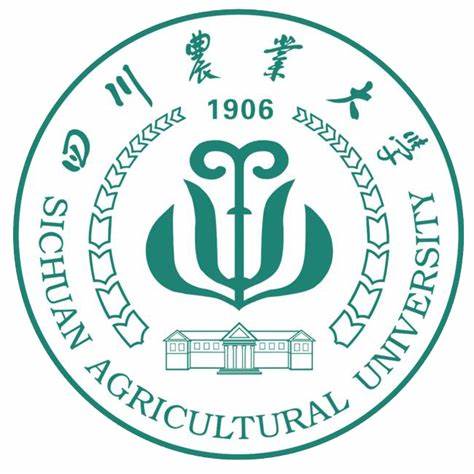Reducing amylose content in wheat (Triticum aestivum L.) using a novel Wx-D1 null allele generated by chemical mutagenesis
作者: 刁圣轩 审稿人:魏育明 时间: 2024-12-05 点击次数:次
https://scijournals.onlinelibrary.wiley.com/doi/10.1002/jsfa.14003
Science Of Food and Agriculture,06 November 2024
Xiaolei Chen,Yongchun Shao,Yi Jiang,David Seung,Carlos Guzmán,Qiang Xu,Yazhou Zhang,Qian Chen,Huaping Tang,Pengfei Qi,Mei Deng,Jian Ma,Guoyue Chen,Jirui Wang,Yuming Wei,Youliang Zheng,Qiantao Jiang
Abstract
BACKGROUND
Amylose has a major influence over starch properties and end-use quality in wheat. The granule-bound starch synthase I, encoded by Wx-1, is the single enzyme responsible for amylose synthesis. Natural null mutants of Wx-1appear at extremely low frequencies, particularly in the Wx-D1locus, where only four spontaneous null variants have been identified, with different geographic origins. The current study identified an induced Wx-D1null mutant (M4-9484) from the M4generation of an ethyl methanesulfonate-mutagenized population of wheat cv. ‘SM126’.
RESULTS
The sequencing showed that the complete Wx-D1ORF sequences of ‘SM126’ and M4-9484 were 2862 bp long and that there was one SNP mutation between them. The mutation was located at the RNA splice site within the junction of exon 8 and intron 8, which led to abnormal transcription of Wx-D1, with five different aberrant transcripts being identified in the mutant. The Wx-D1 null allele resulted in amylose and total starch content being decreased in M4-9484 in comparison with the wild-type ‘SM126’, with higher swelling capacity and being fully pasted at higher temperatures than the wild-type parent.
CONCLUSION
The mutation of the Wx-D1null gene affects the formation of amylose directly, resulting in significantly altered starch properties. This discovery offers valuable insights for enhancing wheat starch quality and contributes to the diversification of starch characteristics. It also deepens our understanding of the genetic and molecular mechanisms underlying amylose synthesis, thereby supporting breeding programs. © 2024 Society of Chemical Industry.


